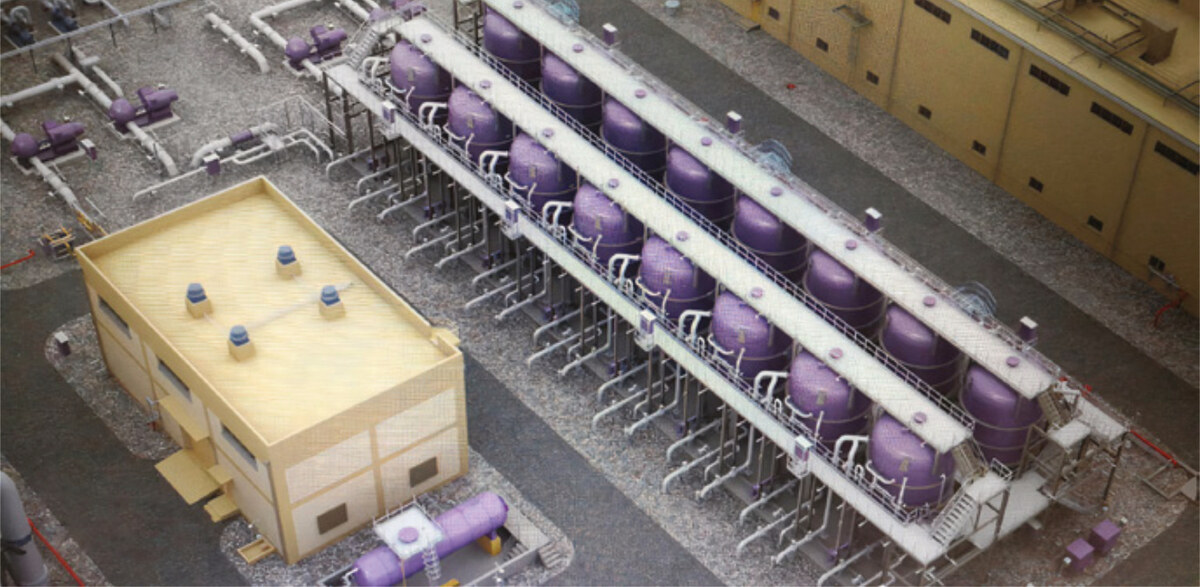RIYADH: Saudi women are taking up diverse leadership positions and expanding their role in various sectors, a top official of the European Chamber of Commerce in the Kingdom of Saudi Arabia said at the “Women in Leadership” event in Riyadh on Tuesday.
Lorcan Tyrrell, chairman of ECCKSA, told Arab News: “Women are educating themselves rapidly now in spaces … 58 percent of engineers in Saudi Arabia are women, that’s staggering, 80 percent of female students are now looking into the STEM sector.”
Speaking about his own experience with Saudi professionals, he said: “I have worked with most professional MBA students looking at real-life solutions to problems in business and creating business plans around them, working in teams, openly presenting the solutions.
“My words at the time were, men better watch out. There is a big change happening. There’s a big shift from traditionally male-dominated positions with female coming into the equation now,” he said.
“It’s not a threat to men but it’s certainly an opportunity for us that we must embrace.
“The women are coming through so fast, so talented and so well-articulated in their messages … it’s fantastic to see,” Tyrrell said.
He added that seeing the event and the turnout and presence of the female workforce in Saudi Arabia was “inspiring.”
During the “Women in Leadership — Connecting for a Sustainable Future” event jointly hosted by the European Chamber of Commerce in Saudi Arabia and DHL, diplomats, industry leaders, policymakers and key stakeholders gathered to discuss the growing role of women in leadership across the Kingdom, in alignment with Saudi Vision 2030.
The event featured notable keynote speakers, including Christophe Farnaud, the EU’s ambassador to Saudi Arabia, who highlighted the importance of women’s contributions to sustainable development and economic growth.
“Recognizing the importance of women in leadership roles is a priority not only in Europe, but also in the Kingdom,” he said.
“Women are instrumental in shaping our communities, economies and societies by driving innovation, enhancing productivity and fostering diversity within organizations — a benefit for all," the ambassador said.
The opening remarks were made by the head of the EU delegation and the Ambassador of the EU to Saudi Arabia Christophe Farnaud, followed by a speech by Tyrrell.
“I think there has been a lot of dramatic change in the Kingdom and I think the positive change for women in the Kingdom in the past short number of years has enabled women to come to the table with men,” Tyrrell told Arab News.
Keynote speeches were also made by the Ambassador of Sweden to the Kingdom Petra Menander; board member of Aramco Digital and former minister of economy and digital affairs of Austria, Margarete Schramboeck; Saudi Deputy Minister of International Relations at the Ministry of Investment Sara Al-Sayed; Secretary-General of the Digital Cooperation Organization Deemah Al-Yahya; and Kristijonas Gedvilas, CEO of the European Chamber of Commerce in KSA.
Al-Sayed highlighted that women’s empowerment had been happening in Saudi Arabia even before Vision 2030. “The importance of empowering women is inherent in the Kingdom, it always has been,” she said.
“What the Vision 2030 is providing … is a promise and a commitment. It’s an onward trajectory of where we are going forward,” she added.
Al-Sayed, who spent many years studying and working in the US in the banking sector before returning to the Kingdom 10 years ago, said: “When I came here … it was the best decision of my life. I had a seat at the table, my voice was heard and I had the support from the highest level.
“I say this, and I emphasize that the fact that this was 10 years ago, prior to the Vision 2030,” she said.
Speaking about her interactions with female professionals, she added: “The dedication that I see from the female workforce in Saudi Arabia is something that’s unprecedented and I have never seen it before.”
She also shared figures that showcased the huge growth in women’s participation in the Saudi workforce across sectors.
Al-Sayed said that women-to-women companies in the Kingdom had increased by 60 percent in the past two years, and that 38 percent of SMEs were owned and operated by women.
She also highlighted that 20 percent of the total seats in the Shoura Council were held by women, as well as 50 percent of seats in the Human Rights Council. She said that there had also been an increase in the number of female ambassadors representing the Kingdom.
Speaking on the diversity of attendees and speakers at the event, Sue Donoghue, DHL’s Arab Cluster CEO and ECCKSA vice-chair, told Arab News: “(Women in leadership) is such a diverse topic. I think it’s essential to get as many perspectives as we can and actually use this as a call to action to really inspire everybody to join the initiative.
“There is a big difference between women domination and putting women in a role because they are women. It’s about having that equal opportunity and having the platform to thrive.”
She also highlighted that in her roles, she hopes to inspire other women to pursue positions of leadership.
ECCKSA is enhancing economic and business ties between the Kingdom and the EU.
The chamber was formed this year with the mandate of unifying voices toward joint missions such as supporting and empowering women in leadership.
“It’s more important now than ever that we get as many males and females together working in leadership,” Tyrrell said.









































